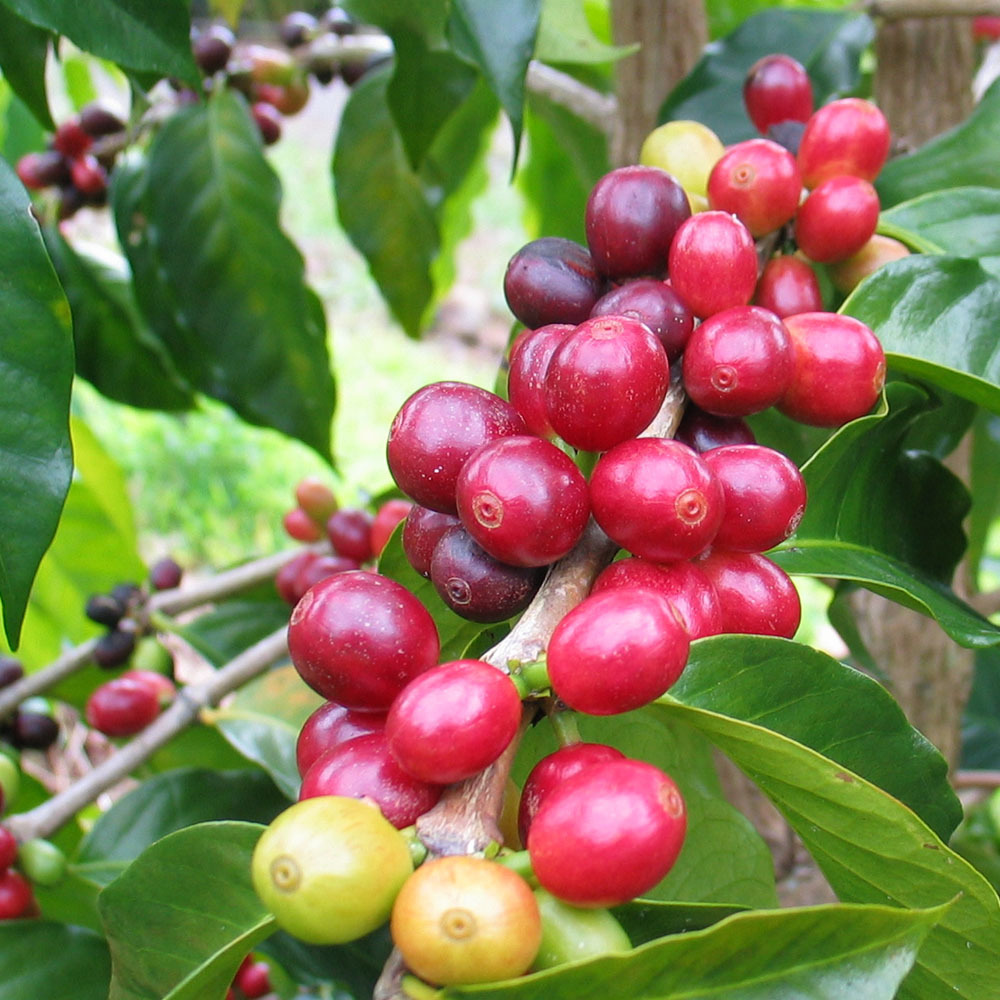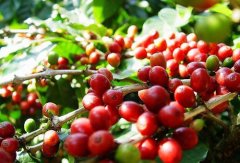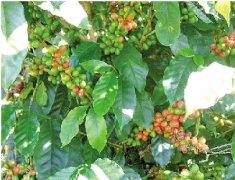Boutique coffee SL28 variety is extremely rare in Central America, this tree species originated from Tanzania in East Africa

The SL28 variety is extremely rare in Central America. It originated from Lake Tanganyika in East Africa. It was discovered in 1931. It has broad and reddish leaves, can adapt to high altitude environment, and has excellent drought and disease resistance. It also has higher yield than traditional tree species and is unique in flavor. In 1935, the Scott Coffee Laboratory Scottish Laboratory named the variety SL,28 after the initial letter of the laboratory, which was the serial number of screening, and then it was planted in Kenya. At present, there are only a few manors with both strength and experience in Central American countries.
A bourbon line screened and cultivated by French and British missionaries and researchers in Kenya at the beginning of the 20th century. Over the past hundred years, it has adapted to the high concentration of phosphate soil in Kenya, giving birth to the special sour and fragrant spirit of Kenyan beans, which is different from bourbon beans in Central and South America. This Kenyan native species was created by Scott Laboratories in 1930, known as SL for short. Agronomists wanted to find a kind of bourbon with high yield and resistance to diseases and insect pests, and obtained SL28 through experiments. SL28 is a genetic variant with a mixed pedigree of French missionaries, mochas and Yementibica. The original goal of breeding SL28 was to mass-produce coffee beans with high quality and resistance to diseases and insect pests. Although the output of SL28 was not as large as expected, the copper leaf color and broad bean-shaped beans have great sweetness, balance and complex flavor, as well as remarkable citrus and black plum characteristics.
Important Notice :
前街咖啡 FrontStreet Coffee has moved to new addredd:
FrontStreet Coffee Address: 315,Donghua East Road,GuangZhou
Tel:020 38364473
- Prev

Boutique coffee Guatemala New Oriental Guava Plain Manor single product producing area coffee beans
From the guava Plain Manor in the New Oriental region of Guatemala, the New Oriental region is located in the easternmost part of Guatemala, unlike Antigua, which is less than an hour's drive from the capital. New Oriental has to drive straight to the easternmost border with Honduras. The SL28 sun and water washing batches introduced this time are customized in cooperation with the manor owner.
- Next

Boutique Coffee Salvador Ataisi Manor Micro Batch Wash Pacamara Pacamara
El Salvador is located in Central America, bordering Guatemala and Honduras in the north and the Pacific coast in the west and south. El Salvador is the smallest country in Central America and the most densely populated in Central America. Although El Salvador has a small territory, it has dozens of volcanoes and is the country with the highest volcanic density in the world. Therefore, it is called the country of volcanoes. whole
Related
- Does Rose Summer choose Blue, Green or Red? Detailed explanation of Rose Summer Coffee plots and Classification in Panamanian Jade Manor
- What is the difference between the origin, producing area, processing plant, cooperative and manor of coffee beans?
- How fine does the espresso powder fit? how to grind the espresso?
- Sca coffee roasting degree color card coffee roasting degree 8 roasting color values what do you mean?
- The practice of lattes: how to make lattes at home
- Introduction to Indonesian Fine Coffee beans-- Java Coffee producing area of Indonesian Arabica Coffee
- How much will the flavor of light and medium roasted rose summer be expressed? What baking level is rose summer suitable for?
- Introduction to the characteristics of washing, sun-drying or wet-planing coffee commonly used in Mantenin, Indonesia
- Price characteristics of Arabica Coffee Bean Starbucks introduction to Manning Coffee Bean Taste producing area Variety Manor
- What is the authentic Yega flavor? What are the flavor characteristics of the really excellent Yejasuffi coffee beans?

